|
 |
| |
|
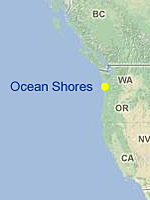

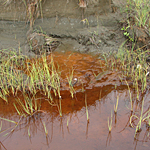
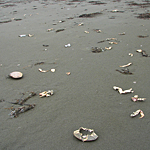

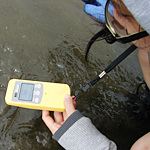
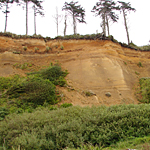
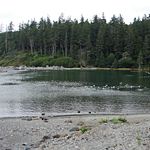

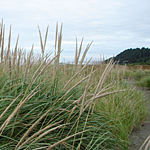
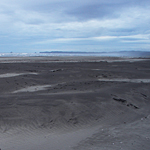
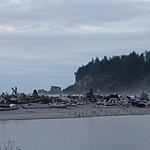
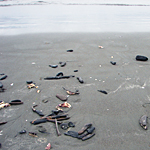
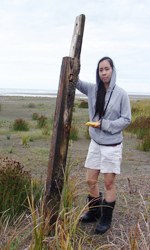
|
| August 2013 Research Overview |
| Marine Debris Survey at the Pacific Northwest |
On August 28, 2013, we did another arrival situation research of Asian marine debris and Japan Tsunami related debris at the coast of Ocean Shores in Washington State.
During this survey, we did not see much debris.
A possible explanation as to why we did not see as much Asian originated marine debris this summer at the shores of the Pacific Northwest may be due to the patterns below.
This data illustrates SLP (Sea Level Pressure) anomalies and wind vectors of July 2013 in the Northern Pacific. This record brings to attention a higher pressure system than previous years, which appears to have affected general patterns in course of wind and ocean currents. Looking along the Pacific Northwest coast, there is a southwesterly direction in wind, away from the coastline. Debris caught in the convergence zone therefore may not have reached observed shores, but continued to ride the current back westward. |
 |
| We also checked the radiation levels of sea water, seaweeds on the edge of the surf, and sand, but did not find any particularly high readings compared to background radiation levels of the area. |
 |
|
|
  
| Country of origin |
China |
Japan |
Others* |
Total |
| No. |
4 |
1 |
0 |
5 |
*refers to debris believed to originate in Asia, but is unidentifiable to a specific country
  
| Item No: |
13828-5 |
Date Collected: |
August 28, 2013 |
| Located at |
47.181612, -124.19898 |
| Category: |
Fabricated wood joint |
Size & Weight: |
12.5cm x 190cm |
| Country Originally Manufactured: Presumably from Japan |
| Information: |
12cm x 12cm is the standard dimensions of pillars in Japan. The joint fabrication technique that is typically used in Japanese wood structures is known as Oikake Daisen Tsugite (Double-locked joint fabrication). This technique can be seen in the bottom left photo, where this piece would have been joined with a second wood piece. Under standard specifications, the length of the joint fabrication should be three times the length of the pillar width. In the case of the pillar we found, the length of the joint fabrication is 37.5cm and follows properly follows those specifications. The two pieces are then fixed in place with wooden corks (Komisen), as visible in the upper photo.
However, there are no indications that the pillar found is related to tsunami debris. |
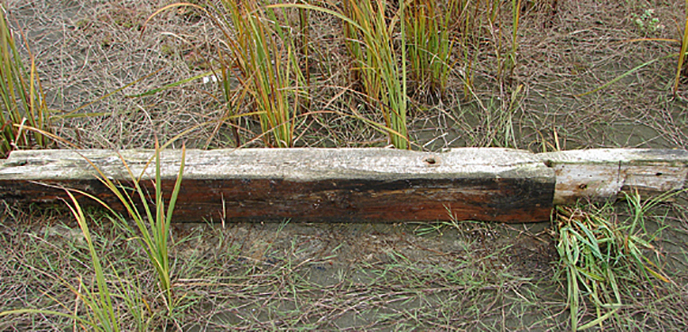 |
 |
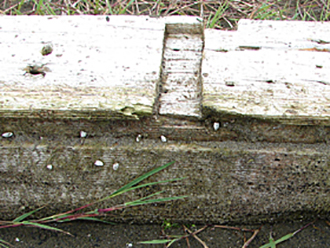 |
 
| Item No: |
13828-1 |
Date Collected: |
August 28, 2013 |
| Located at |
47.1811642, -124.19898 |
| Category: |
Plastic water bottle |
Size & Weight: |
6cm x 23cm |
| Country Originally Guanzhou City, Canton, China |
| Information: |
Nongfu Spring Co. Ltd. |
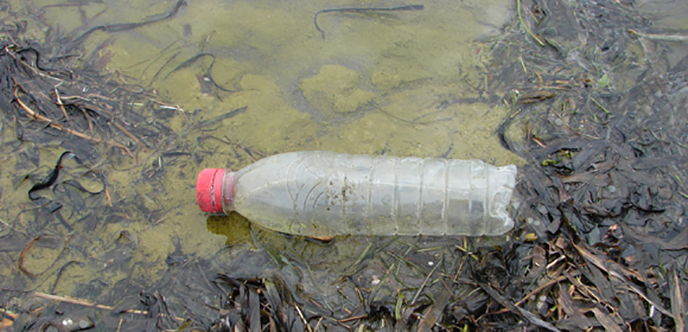 |
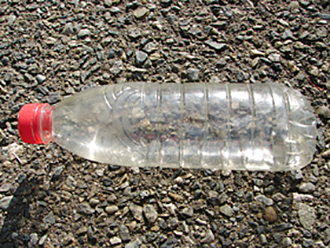 |
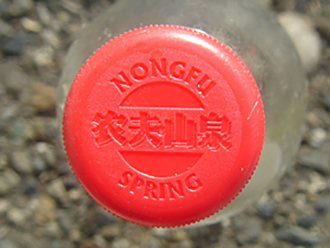 |
  
| Item No: |
13828-2 |
Date Collected: |
August 28, 2013 |
| Located at |
47.180598, -124.199163 |
| Category: |
Plastic water bottle |
Size & Weight: |
6cm x 13cm |
| Country Originally Guanzhon City, Canton, China |
| Information: |
DANONE Beverages Inc. |
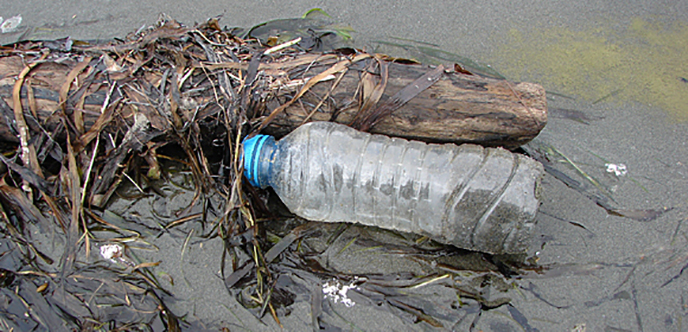 |
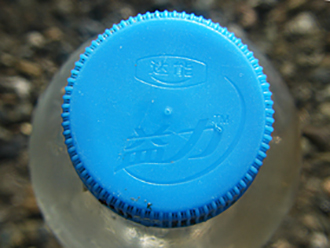 |
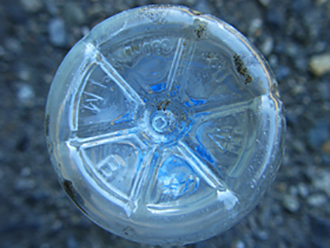 |
 
| Item No: |
13828-3 |
Date Collected: |
August 28, 2013 |
| Located at |
47.180051, -124.198154 |
| Category: |
Cigarette container cap |
Size & Weight: |
7cm x 0.8cm |
| Country Originally Hong Kong, China |
| Information: |
Nanyang Brothers Tobacco Company Ltd. |
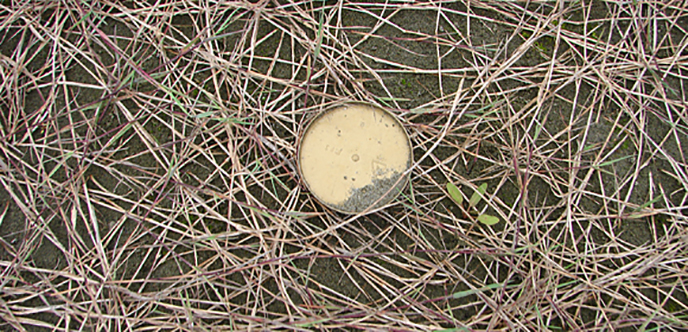 |
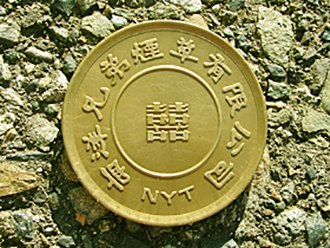 |
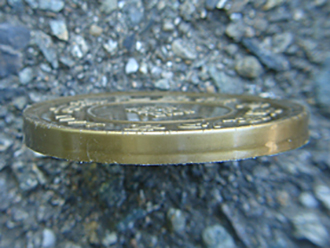 |
  
| Item No: |
13828-4 |
Date Collected: |
August 28, 2013 |
| Located at |
47.179358, -124.198594 |
| Category: |
Plastic water bottle cap |
Size & Weight: |
3cm x 1cm |
| Country Originally Guangzhou City, Canton, China |
| Information: |
Nongfu Spring Co. Ltd. |
 |
 |
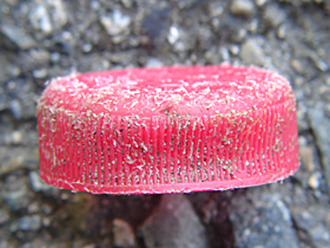 |
  
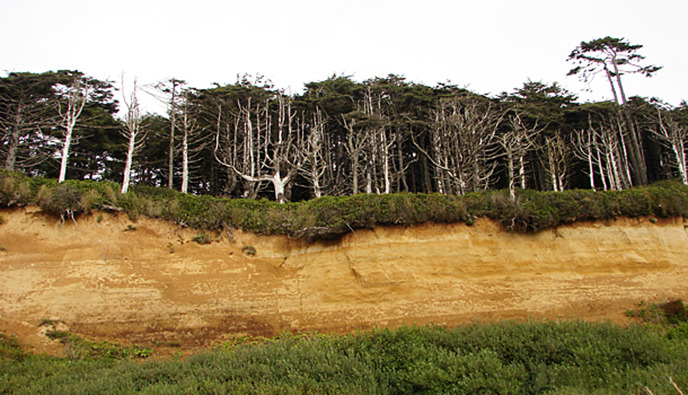 |
|